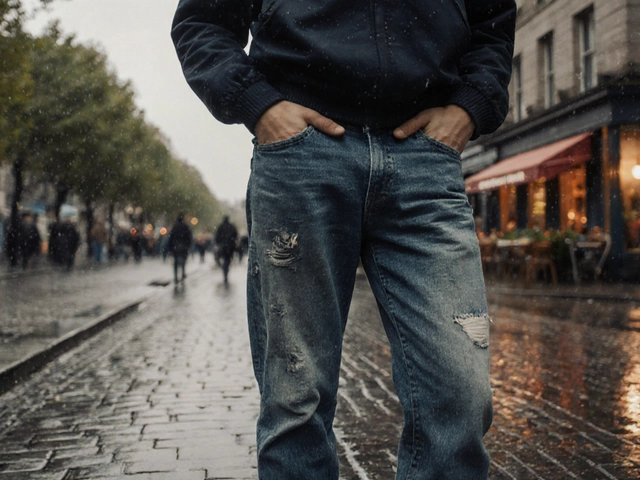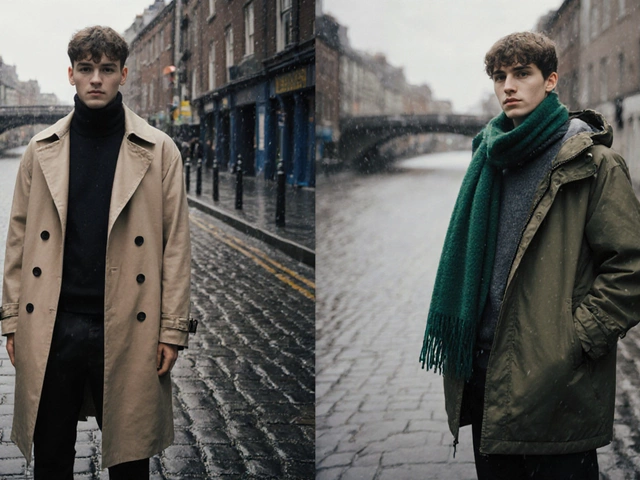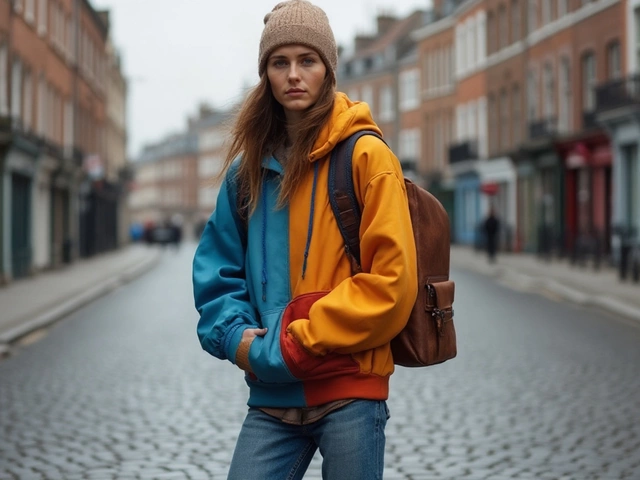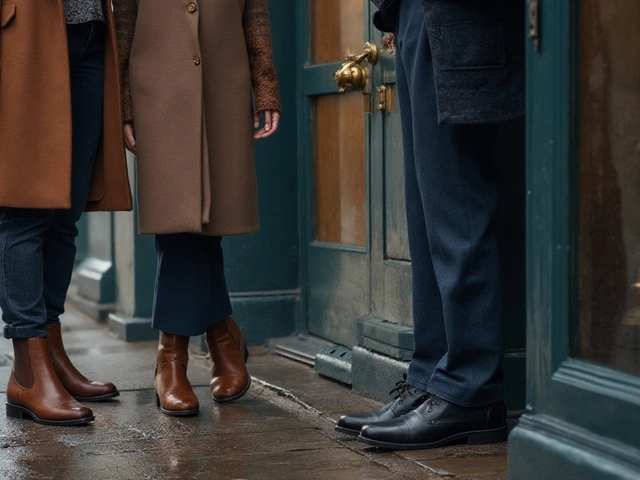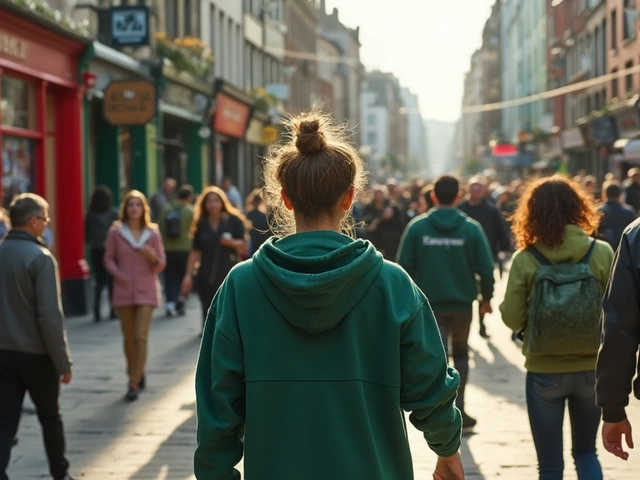By the time you open an invitation to a 5pm wedding in Ireland, you can almost hear your wardrobe sigh. What you wear will set the tone—get it right, and you’ll feel as fabulous as the rolling green hills at sunset. Irish weddings are masterclasses in style and tradition, with just enough unpredictability thrown in (we’ve all dodged a rain shower or two outside a country church). So, if you’re not sure where elegant meets relaxed, formal meets fun, or when to pack a pashmina, you’re definitely not alone. Let’s get into what’s really expected when you RSVP yes to that elusive golden-hour ceremony on Irish soil.
The Irish 5pm Wedding: Understanding the Dress Code
Irish weddings love a bit of ceremony, but they’ve also mastered the art of making guests feel welcome and at ease. Evening weddings carry a subtle shift from the earlier daytime ones—it’s less high tea, more a cocktail hour with a convivial, relaxed vibe. Yet you’ll hardly see anyone in casual jeans—not in a church in Galway, nor a registry office in Cork. Traditionally, a 5pm wedding in Ireland requires a tad more polish. Think dressy daywear that can adapt as the evening rolls in.
For women, the golden rule is a dress that sits somewhere between cocktail and semi-formal—something elegant without looking bridal or too businesslike. Midi lengths are having a moment, and they’re ideal if you’ll be dashing from chapel to hotel reception (hello, Mount Juliet and the K Club). Patterns are everywhere, with soft florals, bold prints, or even velvets if the season’s right. Dublin’s boutiques—like Folkster and Carolyn Donnelly’s Edit—offer stunning Irish-designed pieces that work for every figure.
Men have it easier, but don’t get cocky—Irish groomsmen love a sharp blazer, tailored trousers, and often skip the full suit for a dressier waistcoat and tie combo. If it’s black tie, the clue will be on the invitation, but for most 5pm weddings, a dark suit (think deep navy from Magee in Donegal) with a crisp shirt does the trick. Don’t be that guest in trainers—classic brogues or polished loafers are always a win.
And yes, Irish weddings still love a good hat or fascinator, especially if you’re at a rural parish or a posh spot like Ballymagarvey Village. You don’t have to go all-out with millinery (this isn’t Ladies’ Day at Leopardstown) but a hair accessory or statement earrings adds just the right flourish.
Reading the Room: Venue, Season, and The Irish Weather
No Irish wedding outfit can ignore the weather—Mother Nature will not spare you, no matter how pretty your dress is. Summer weddings in July or August might tempt you to go sleeveless, but remember even in Dublin, evenings cool down fast. Throw a pashmina, blazer, or tailored wrap into your bag—it’s not just practical, it ties the whole look together. For autumn events, richer tones like forest green or burgundy (so on trend right now at Arnotts) look gorgeous against Ireland’s changing landscape.
The venue is another big tell. Church weddings in the Irish countryside ask for some modesty—cover those shoulders, skip anything too daringly short, and try to avoid white or cream. At city hotel receptions, it’s all about refined glam: a knee-length shift dress or sleek jumpsuit works a charm in Galway Bay Hotel or Carton House. Castle venues—Ashford, Luttrellstown—love a bit of drama, so why not embrace a luxe velvet number or an embellished clutch?
Shoes are often the bane of Irish wedding-goers, especially if you’re facing a combo of gravel driveways and polished dance floors. Block heels and wedges save the day; stilettos will not be your friend if you’re braving the gardens at Tankardstown or the cobbled streets of Kilkenny. Bring flats for later (your feet will thank you around midnight, once The Coronas kick off their set).
Rain isn’t just a possibility—it’s a given. A compact umbrella that fits your clutch is handy, but make sure it’s neutral so you’re not waving around a luminous golf brolly in every group photo. And if you’re wearing a hat, look for something that won’t wilt after a quick dash from car to venue—wool or felt lasts better than straw in a downpour.
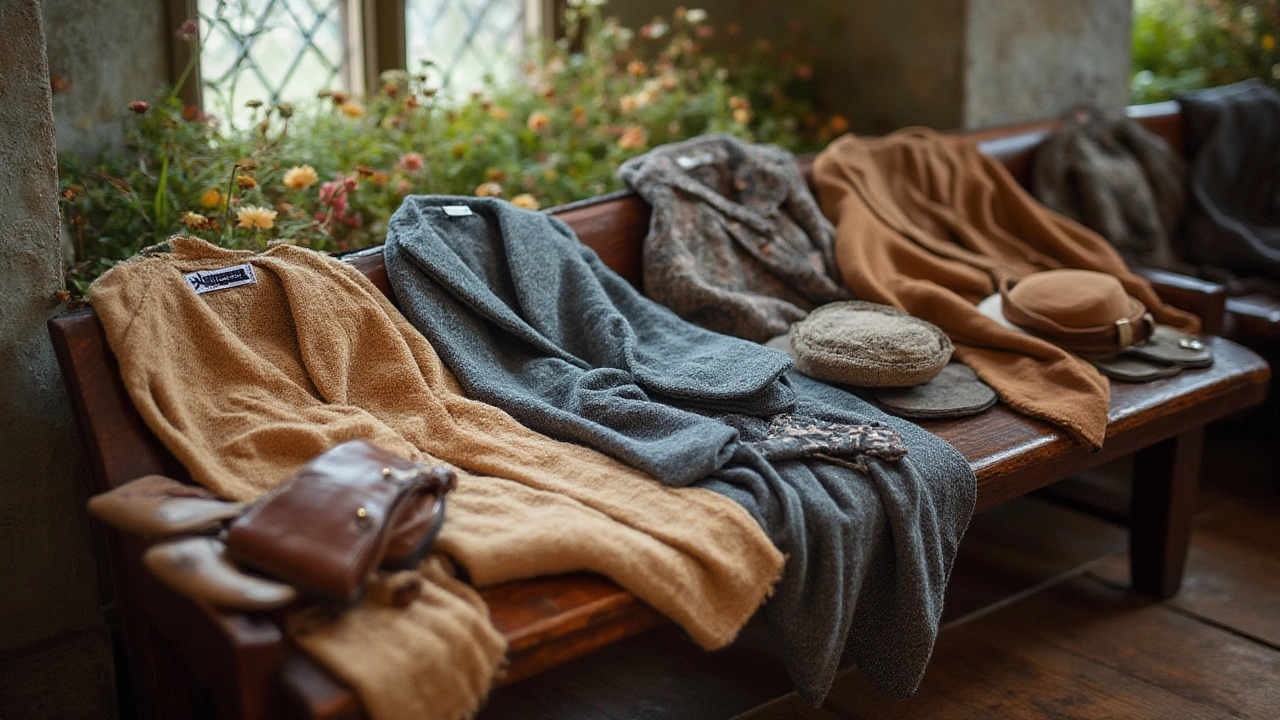
Local Style Secrets: Irish Brands, Boutiques, and Personal Touches
There’s a real pride in wearing Irish designers to Irish events. Folkster in Kilkenny and Dublin stocks everything from sparkly midi frocks to floaty gowns, and you’ll find plenty of labels made locally. Fee G, Aoife McNamara, and Aideen Bodkin are clutch for women’s pieces that nod to tradition but look entirely modern. Guys, keep an eye on Magee 1866 for suits made up north, or even go bespoke at Louis Copeland—nothing beats custom tailoring when you’re centre stage in the wedding photographer’s lens.
Accessories often make the outfit. If you want to wear that same navy dress to three weddings, switch out your clutch and shoes. Cluse watches, Knight & Day Jewellery, or a tweed clutch from Stable of Ireland add a modern, Irish feel without going over the top. Hair and makeup artists across the island specialise in gorgeous but not overdone looks—think natural curls and subtle glam, like Ann Marie Carey in Cork or Brown Sugar Dublin if you fancy treating yourself before the ceremony.
A few clever tips the locals swear by: double-sided fashion tape (for last-minute strap issues), proper SPF even on cloudy days (we all know Irish sunburn), and a mini deodorant spray for those extra-long wedding photo sessions. Lots of women bring a pair of tights just in case—it can get chilly once the sun dips after 9pm in summer, and early autumn has surprised many cold ankles over the years.
Finally, if you’re attending as part of a group, a quick WhatsApp check-in goes a long way to avoid outfit doubles or mismatched vibes. It’s not unusual for Irish wedding guests to coordinate colours with family or close friends—just don’t outshine the bridal party or go for anything that could be mistaken for a bridesmaid’s dress.
What Not to Wear: Irish Etiquette and Cultural Pitfalls
If you’re new to Ireland or are just a bit rusty on local traditions, here’s the lowdown on what to skip. Absolute no-go: white or ivory dresses. It’s the unwritten law—save those shades for the bride. That includes super pale pastels that look almost white in daylight (trust me, people will notice). Guys should leave the tuxedos at home unless the invitation clearly says black tie—dressing up too much is just as awkward as rocking up in jeans.
Logos and giant graphics are a hard pass. Keep it classy—those ‘funny’ slogan T-shirts or beach cover-ups won’t get you through the door at Lough Eske or Waterford Castle. Flip-flops and runners are banned for grown-ups (unless you change for the late-night dancing, which is perfectly acceptable after midnight). Hats are lovely, but unless you’re at a church or you’re mother of the bride, keep it simple rather than extravagant.
Watch out for cultural mismatches if you’re coming from abroad or new to the Irish wedding scene. Open shoulders are fine most of the time—but if you’re attending a strict Catholic or rural parish, pack a light shawl or cropped cardi. For men, mind your shirt buttons; it’s considered a bit cheeky to go more than one or two undone during the formal parts of the day. Tattoos and piercings aren’t frowned upon anymore, but flashy bling or anything too out-there might be best saved for the afterparty.
The Irish love a chat and will notice if you’ve made an effort, so it pays off to make thoughtful outfit choices. If you still aren’t sure, err on the side of slightly dressy rather than too relaxed—the craic will be 90, but a bit of old-school style is still cherished in every corner of Ireland. And don’t stress; the most important thing is showing up ready to celebrate, raise a glass, and dance your own version of the Siege of Ennis until the lights come up at 2:30am. Safe to say, you’ll go home with wonderful stories—and hopefully, not too many blisters.

